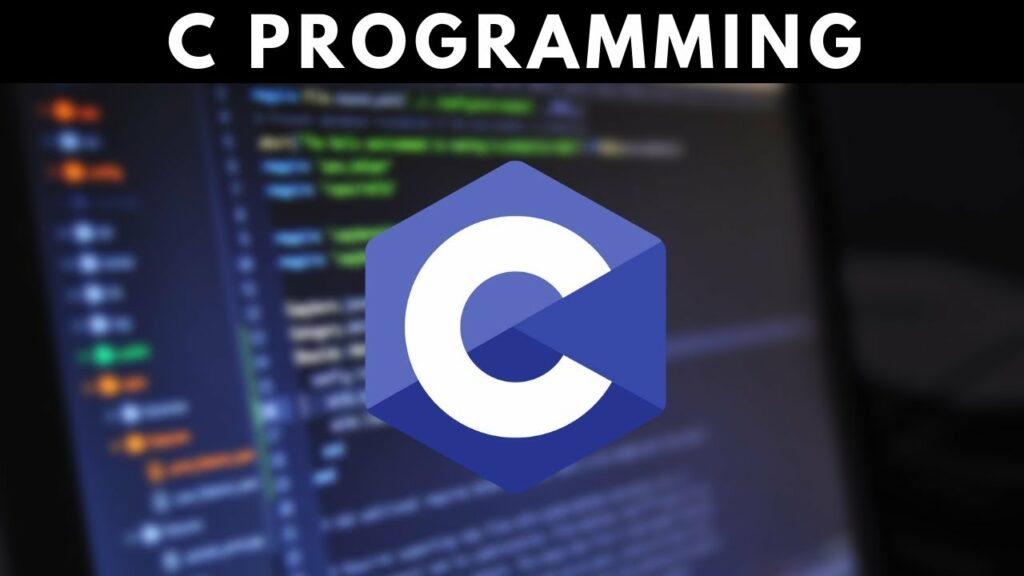
Free eBooks for Beginners
Unions in C programming provide a way to store multiple values in a single memory location. In this article, we’ll explain what unions are, how they differ from structures, and when to use unions in your C code.
A union is a composite data type that allows you to store multiple values of different data types in a single memory location. Each value is stored in the same memory location, so only one value can be stored in a union at a time. In other words, a union can hold multiple values, but only one value can be accessed at a time.
Here’s an example to help illustrate how unions work:
union data { int i; float f; char c; };
int main() {
union data my_data;
my_data.i = 10;
printf("%d\n", my_data.i);
my_data.f = 3.14;
printf("%f\n", my_data.f);
my_data.c = 'A';
printf("%c\n", my_data.c);
return 0;
}In this example, we have declared a union called “data” that can store an integer, a float, or a character. In the main function, we create an instance of the union called “my_data”, and we store an integer, a float, and a character in it. We can access each value stored in the union using the appropriate field name.
Unions are different from structures in that structures allow you to store multiple values of different data types in separate memory locations, whereas unions store multiple values in the same memory location. This means that a union uses less memory than a structure with the same number of fields, but it also means that only one value can be stored in a union at a time.
So, when should you use unions in C programming? Unions are useful when you want to save memory and when you want to store multiple values of different data types in a single memory location. For example, you can use unions to implement a type system that allows you to store different types of data in a single memory location, depending on the type of data you’re storing. Another use case for unions is when you need to store different values at different times, but you don’t want to use separate memory locations for each value.
In conclusion, unions are a powerful tool in C programming that allow you to store multiple values of different data types in a single memory location. By using unions, you can save memory and store different types of data in a single memory location. Just remember that only one value can be stored in a union at a time, and that you need to choose the appropriate data type to access the stored value.
C Programming for Beginners – Chapter 26 : Unions
 Loading...
Loading...
Disclaimer: The information and code presented within this recipe/tutorial is only for educational and coaching purposes for beginners and developers. Anyone can practice and apply the recipe/tutorial presented here, but the reader is taking full responsibility for his/her actions. The author (content curator) of this recipe (code / program) has made every effort to ensure the accuracy of the information was correct at time of publication. The author (content curator) does not assume and hereby disclaims any liability to any party for any loss, damage, or disruption caused by errors or omissions, whether such errors or omissions result from accident, negligence, or any other cause. The information presented here could also be found in public knowledge domains.